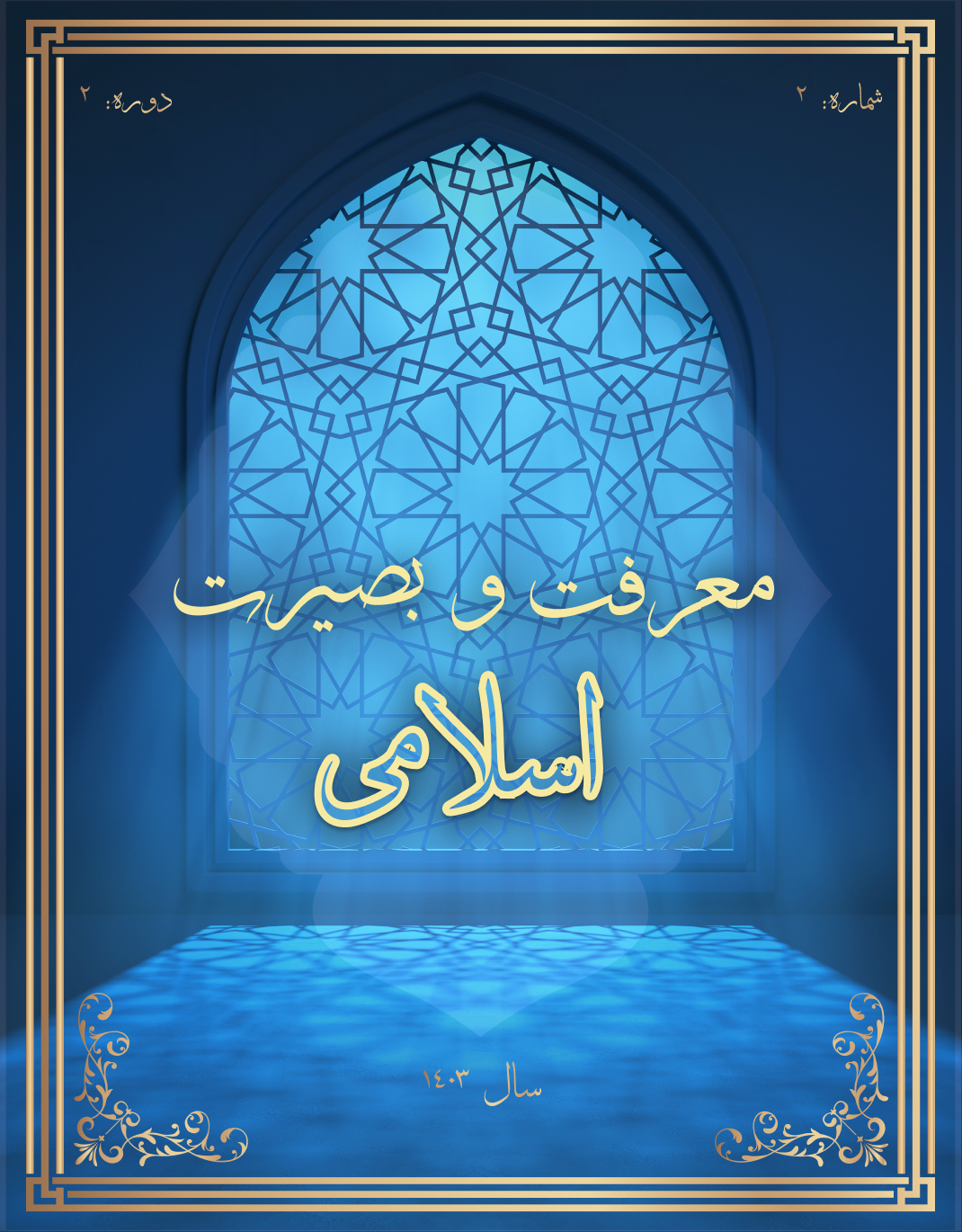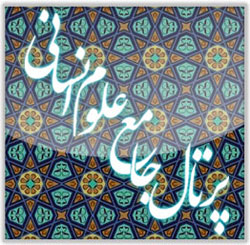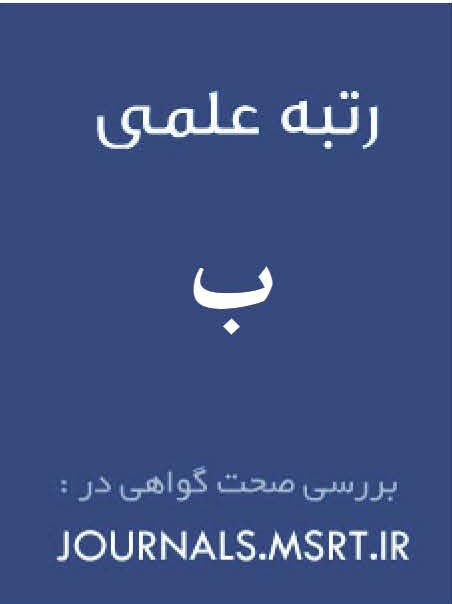A Comparative Study of the Theological and Compositional Approaches of Shaykh al-Mufid and Humsi al-Razi
Keywords:
Sheikh Mofid, Homsi Razi, Mu'tazila, rationalism, narrativeismAbstract
Despite differences in their specific views on the socio-historical context of their time and society, Imami theologians generally share consistent foundations in matters of faith. The objective of this article is to examine and compare the theological and compositional methodologies of Shaykh al-Mufid and Humsi al-Razi—representatives of the Baghdad and Rayy schools, respectively—as well as the nature and extent of their influences from the Mu'tazilite school and their modes of intellectual engagement with Mu'tazilite thought. In this comparative framework, the degree to which reason and general philosophical principles are employed in the validation of theological propositions is also analyzed. The research methodology is based on direct engagement with the primary works of the two scholars, with an effort to avoid generalizations. According to the findings, both Shaykh al-Mufid and Humsi al-Razi share several key theological principles: assigning a special status to reason, utilizing rational argumentation to substantiate doctrinal claims, rejecting the probative force of solitary traditions (khabar al-wāḥid) in theological matters, adopting kalām (Islamic theology), and interpreting anthropomorphic divine attributes through figurative exegesis (taʾwīl). However, philosophical principles are noticeably absent in the doctrinal arguments of Shaykh al-Mufid, while Humsi al-Razi extensively employs them throughout his works.
Downloads
References
Ataei Nazari, H. (2018). A Look at the Eras and Schools of Imamiyyah Theology in the Middle Ages. Aineh-e Pouyesh Bimonthly(171).
Bigdeli, A. (1993). The Translation Movement in the Islamic World. Ma'rifat Journal(5).
Dhahabi, S. a.-D., & Bashar Awad, M. r. (2003). Tarikh al-Islam. Dar al-Gharb al-Islami.
Farahidi, K. b. A. (1988). Al-'Ayn. Hijrat Publications.
Humsi Razi, S. a.-D. (1992). Al-Munqidh min al-Taqleed. Islamic Publishing Institute.
Humsi Razi, S. a.-D. (1997). Al-Mu'tamad min Madhhab al-Shi'ah al-Imamiyyah. Ayatollah Marashi Najafi Library.
Ibn Faris. (1984). Mu'jam Maqayis al-Lughah. Islamic Propagation Office.
Ibn Majah Qazwini, M., & Muhammad Fuad Abdul, B. Sunan Ibn Majah. Dar Ihya al-Kutub al-Arabiya.
Ibn Manzur, M. b. M. (1994). Lisan al-Arab. Dar Sader.
Ibn Tawus Hilli. Kashf al-Muhajjah li Thamarat al-Muhajjah. Bustan-e Ketab.
Kulayni. (1987). Al-Kafi. Islamic Books Publishing House.
McDermott, M., & Ahmad, A. (1993). Theological Thoughts of Sheikh Mufid. Tehran University Press.
Mousavi, S. J. a.-D. (2015). The Ray School. Philosophy and Theology Quarterly, 20(1).
Mufid, & Sa'ib Abdul, H. Al-Masa'il al-Sarwiyyah. Dar al-Mufid.
Mufid, M. b. M. (1993a). Al-Nukat al-I'tiqadiyyah. Qom.
Mufid, M. b. M. (1993b). Awail al-Maqalat. Qom.
Downloads
Published
Submitted
Revised
Accepted
Issue
Section
License
Copyright (c) 2024 محمد علی پوربدخشان (نویسنده)

This work is licensed under a Creative Commons Attribution-NonCommercial 4.0 International License.








